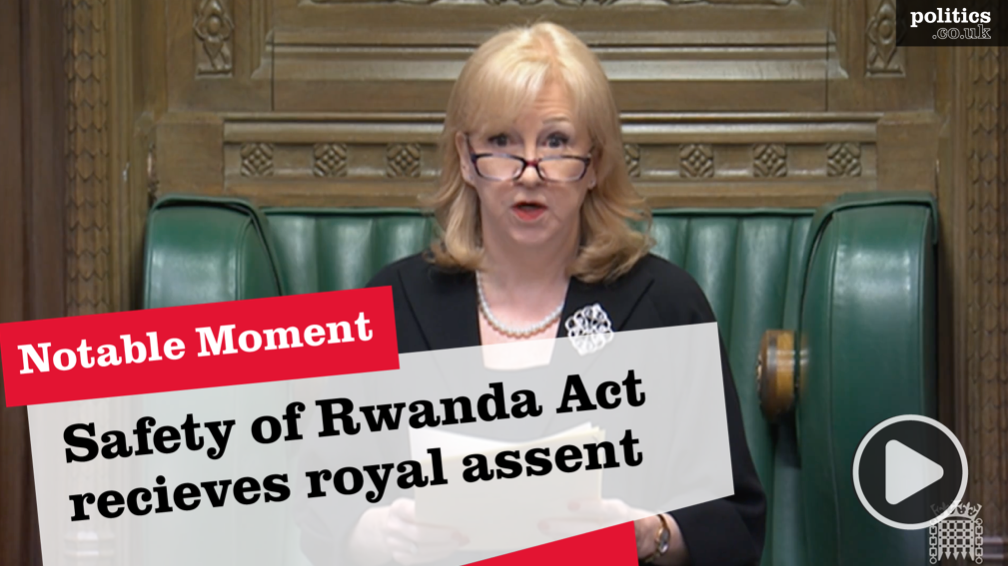Capital Allowances review needs to avoid a flawed ‘one size fits all’ solution
| In welcoming the Chancellor’s announcement today of discussion with stakeholders on reforms to best support future capital investment by businesses, the Association of Taxation Technicians (ATT) emphasises the importance of including businesses of every type and size in that discussion to avoid a potentially flawed ‘one size fits all’ policy. |
| Ahead of the scheduled ending of the Corporation Tax Super Deduction scheme at the end of March 2023, the Treasury’s Spring Statement published today includes illustrations of potential reforms to capital allowances available to businesses which incur qualifying capital expenditure. These include increasing the permanent Annual Investment Allowance (AIA) (from £200,000 to £500,000), increasing the rate of Writing Down Allowances, two possible ways to provide greater up-front tax relief on expenditure and the significantly more expensive option of allowing businesses to write off the whole cost of qualifying investment in one go.
Michael Steed, Co-chair of ATT’s Technical Steering Group, said: “This proposed engagement of the Government with businesses and other stakeholders has the potential to create a stable system of capital allowances which encourages investment, meets the varying needs of different types and size of businesses and is easier to understand. That objective is only achievable if the discussion involves a wide range of stakeholders and the discussion itself is wide-ranging. “The current capital allowances system is confusing. Too much depends on the precise timing of expenditure, fine statutory distinctions between similar types of asset and the nature and structure of a particular business. It is also subject to frequent changes, making decisions on expenditure more complex. “As an example, the temporarily increased Annual Investment Allowance – designed to encourage capital investment – can, in some circumstances, restrict tax relief on expenditure which would have been fully relieved under the lower permanent AIA level of £200,000. “We think there is a real opportunity to rationalise the capital allowance system to increase its effectiveness, make it more intuitive and provide a stable and well understood structure that works for businesses of all sizes and type. What we must avoid is a ‘one size fits all’ solution which fails to address the varying needs of different businesses.” |











